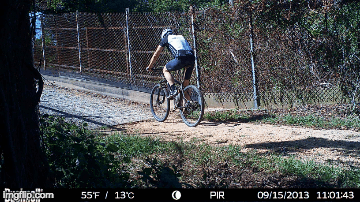





















A Case Study of Landscape Connectivity.
The investigation into Foxcatcher Farm was to document the design, construction, methodology, and intended user groups of the bridges and tunnels that traverse William du Pont, Jr.’s former estate, currently known as the Fair Hill Natural Resource Management Area, in Fair Hill, Maryland. Originally intended to stitch together du Pont’s 6,000 acre estate across public roadways, the crossings connected the fractured landscape, and continue to presently. This research explores the versatile and innovative use of crossing infrastructure to connect the needs of many users, past and present.
History of Foxcatcher Farm
William du Pont, Jr., began purchasing parcels in Fair Hill, Maryland, in the late 1920s. The estate grew to over 6,000 acres in Maryland and Pennsylvania. Foxcatcher Farm made up 5,330 acres of the estate by 1965. The expansiveness of the estate, bisected with public roadways, created an obstacle for du Pont's desired activities. Between 1930 - 1965, du Pont constructed bridges and tunnels that spanned public roadways to connect his parcels, thus making what was a fractured estate, contiguous.